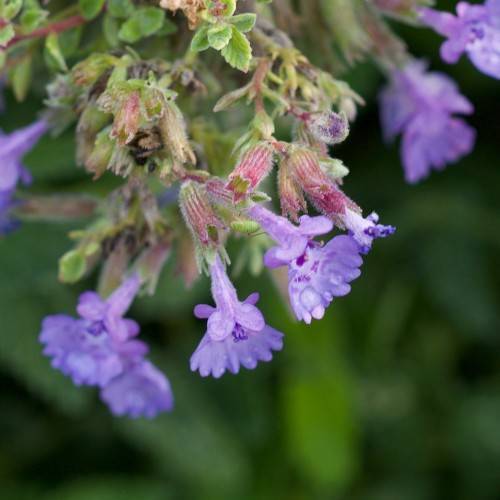
catmint
Nepeta racemosa 'Walker's Low'
Cycle:
Herbaceous Perennial
Watering:
Minimum
Hardiness Zone:
4 - 8
Flowers:
Flowers
Sun:
Full sun,part shade
Leaf:
Yes
Growth Rate:
Low
Maintenance:
Low
Salt Tolerant:
Yes
Care Level:
Low
watering
Catmint prefers soil that is kept lightly moist to provide the most vigorous and attractive growth. During the growing period, water the plant regularly, but avoid overwatering. Make sure to always check the soil - it should be kept moist but not soggy. In periods of hot, dry weather, Catmint should be watered more often. During the cooler winter months, the plant will likely need less water. Generally, water deeply once a week.
sunlight
Catmint (Nepeta racemosa 'Walker's Low') should ideally be grown in a location that receives full sunlight during the morning hours. Depending on the climate, it can also tolerate partial shade during the afternoon. In USDA hardiness zones 3-9 (most of the US) Catmint should receive approximately 6-8 hours of full sunlight per day during the growing season. When grown in hot climates, it should be planted in an area that receives some afternoon shade to protect it from the full strength of the sun. For optimal flowering, it is best to provide Catmint with some exposure to the sun during the morning as well as during the afternoon.
pruning
Catmint should be pruned at least once per season. Spring is the best time to prune catmint, as this encourages dense growth and keeps the plant tidy. Cut the stems back to about 6 inches from the ground, as this encourages bushier growth and removes the faded flowers. For additional pruning, wait until the end of summer and gather the stem tips and cut back the branches to 2 to 4 inches from the ground. This will keep the plant in check and encourage more vigorous flowering.
